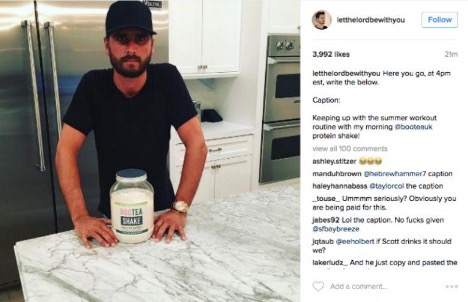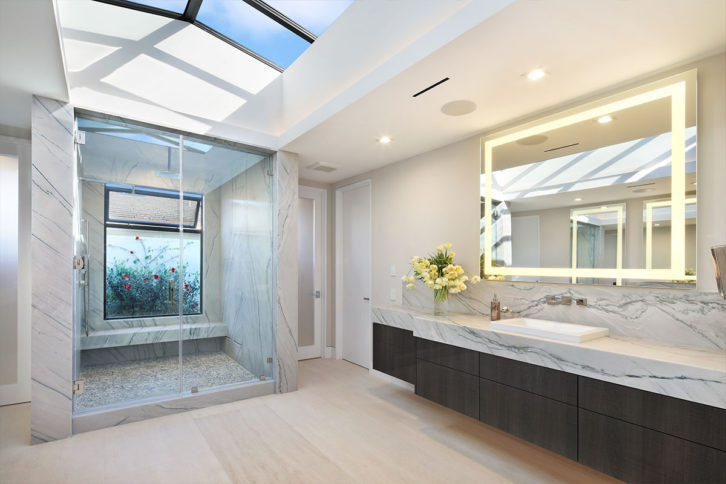 The last bullet in the report summary states very clearly that technology is in demand, but still has limited integration. Indeed, in the kitchen, only 10 percent of designers use integrators, with NKBA’s VP of marketing, Pamela McNally stating that, “It might be because they think it’s all too complicated,” in a recent webinar. Only 24 percent of bathroom designers reported using an integrator, as well. “We and our clients are looking for simpler, more integrated systems that are more affordable and easier to learn and use,” said one designer from the survey.I’m no mathematician, but these percentages are low, and it seems like 90 percent of kitchen designers could use some tech integration help, along with 76 percent of bathroom designers. Get involved with designers working in these environments now, and I bet you’ll get more work in the future.What are those opportunities? Here are some key points we took away from the report.Voice Control: According to the report, the desire for voice control is a top trend in both the kitchen and bath. For luxury residences that means something more robust, capable, and secure than your typical Amazon Alexa or Google, like Josh.ai for example. This type of enhanced smart home voice control is the bailiwick of you, the home technology integrator, and these designers and homeowners need your expertise!
The last bullet in the report summary states very clearly that technology is in demand, but still has limited integration. Indeed, in the kitchen, only 10 percent of designers use integrators, with NKBA’s VP of marketing, Pamela McNally stating that, “It might be because they think it’s all too complicated,” in a recent webinar. Only 24 percent of bathroom designers reported using an integrator, as well. “We and our clients are looking for simpler, more integrated systems that are more affordable and easier to learn and use,” said one designer from the survey.I’m no mathematician, but these percentages are low, and it seems like 90 percent of kitchen designers could use some tech integration help, along with 76 percent of bathroom designers. Get involved with designers working in these environments now, and I bet you’ll get more work in the future.What are those opportunities? Here are some key points we took away from the report.Voice Control: According to the report, the desire for voice control is a top trend in both the kitchen and bath. For luxury residences that means something more robust, capable, and secure than your typical Amazon Alexa or Google, like Josh.ai for example. This type of enhanced smart home voice control is the bailiwick of you, the home technology integrator, and these designers and homeowners need your expertise!
App-Controlled Appliances: For millennials, top picks were mobile-friendly spaces and app-controlled appliances. “Clients are looking for connected hubs that tie together products from different brands, allowing them to seamlessly talk to one another,” said one kitchen designer surveyed. Who is going to do this work? The electrician or cable provider? No. The home technology integrator needs to be involved!
Bigger Kitchens and Baths Mean Additional Need for Technology: Another key trend in the NKBA report is bigger spaces. In the bathroom, closets and dressing areas are being sought after as part of the bathroom design. In the kitchen, 85 percent of designers predicted a dramatic increase in the size of kitchens — an estimated 25 to 49 percent in the next three years. This is being driven by consumer demand for walk-in pantries, universal design, and the move away from upper cabinets, as well as more cooking method options, which requires the need for additional storage and technology. The trend toward refrigerators, microwaves, and dishwasher drawers located in islands also requires more real estate, which means that people are also interested in not one but two islands in the kitchen.
These extra islands add more space for prep, entertaining, dining, and even, as McNally mentions in her webinar, learning from home! All this extra space means more technology and connectivity, which in turn requires not just a good-enough home network, but a great one. Again, this is the forté of the integrator, who should make sure that these connected devices are working together, and the home network is secure.
Gordon Van Zuiden of CyberManor says that this goes beyond common sense such as password protection to firewalls and VLANs as “best practice” network knowledge. “So, in that sense, having an integrator for the smart kitchen and bath appliance configuration is as important as hiring a CI for all the other networked products in the home,” he says.
Millennials Want AV in the Bathroom: In the realm of bathroom technology, most people are interested in voice activation, connected mirrors, heating, temperature and humidity control, and connected scales. However, millennials want more. They want AV, including screens for entertainment (31 percent) and integrated speakers and audio (30 percent). For those of you who have been reluctant to “go there,” here is proof that you need to be all up in a client’s bathroom!
Lighting: Lighting was not a huge trend for 2022’s Design Report, perhaps because it’s become a given. However, this is where the consumers’ desire for eco-friendliness (and, in my opinion, wellness) coincide with technology. LED lighting, for example, is a top trend for its eco-friendliness, as is under-cabinet and toe-kick lighting, and it looks amazing, too. The wellness trend toward circadian lighting is applicable in any room of the house, bathroom and kitchen included! With all the CEDIA-channel lighting options available that include both lighting control and fixtures, this is a natural win for the integrator to own kitchen and bath lighting.
Nature: Millennials demand more organic and natural materials in their design, creating a dominant trend in kitchen and bath (and throughout the home). They also want more natural sunlight, and that means bigger windows bringing nature indoors. Of course, this also dictates the need for privacy, which is a great opportunity for motorized and automated shading solutions, which we also know is an area where integrators are sorely needed, with many options available from Screen Innovations, Lutron, Crestron, and others. Shades are not just for the home theater or media room; you need to be (and can easily be) in every room of the home with these solutions.
I have been and continue to be incredibly passionate about the mutually beneficial relationship between the integration and design/build trades, and this most recent report helps cement the integrator’s role as a key player in kitchen and bath design more than ever. I know this isn’t a commonly accepted notion yet, but I encourage you to take ten minutes to watch the NKBA 2022 Design Trends webinar led by Pamela McNally. The whole thing is 20 minutes, but you’ll get the most out of the first half. When you do, you’ll see there is a significant business opportunity for your firm that could easily lead to more work and larger projects once you make the connection with kitchen and bath designers and prove your company is worthy of both their trust and future business.
Not sure where to start? Drop me a line at [email protected] and I’ll happily connect you or help you get on a path to prosperity with the design community.
Original article was posted here: https://www.residentialsystems.com/features/secrets-of-success/tech-integration-in-the-kitchen-and-bath


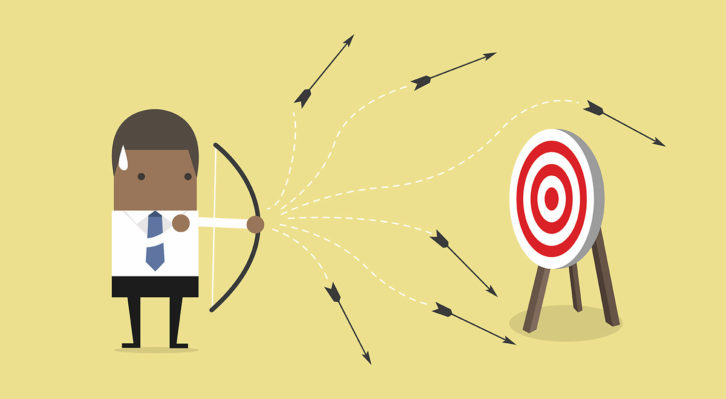
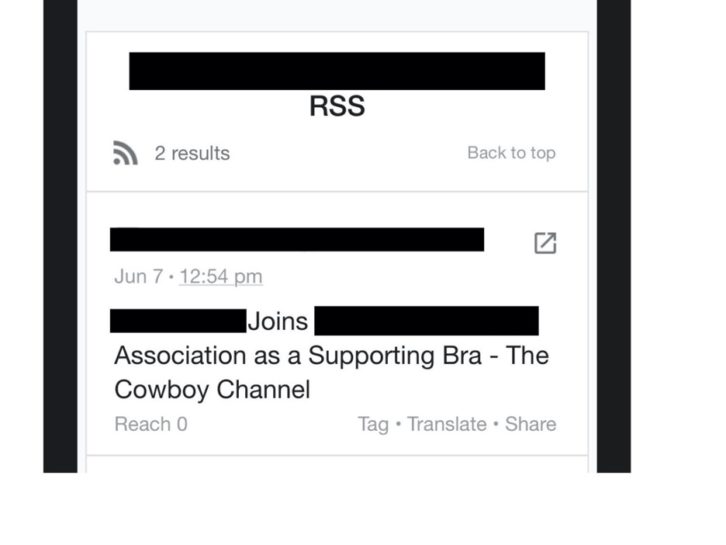
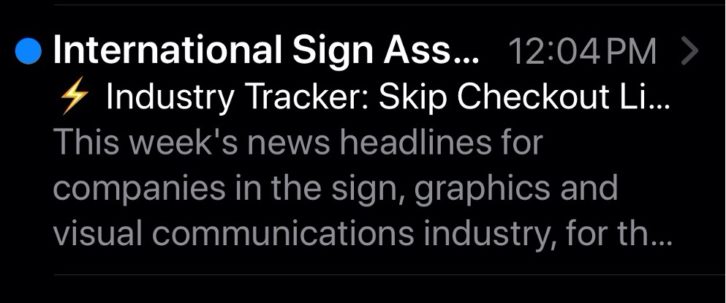
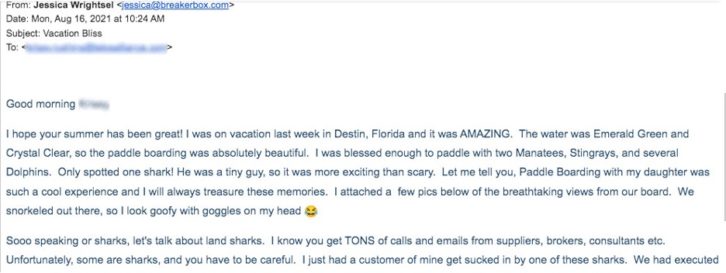
 Similarly, we’re starting to see a lot of marketers use the phrase “Not to be overly dramatic, but…” as the lead-in to sell a service, platform, product…you name it. The problem is, though we’ve seen countless instances of this, we couldn’t begin to tell you the brand, the service, the platform, product, whatever it was that was trying to be sold. Point being, don’t fall into the trap of doing what others are doing simply for the sake of doing something. Take the time or invest the resources to create something unique to your brand that people will remember. Because, after all, that’s the point of marketing — to capture attention and get the clicks, you’ve got to be memorable.
Similarly, we’re starting to see a lot of marketers use the phrase “Not to be overly dramatic, but…” as the lead-in to sell a service, platform, product…you name it. The problem is, though we’ve seen countless instances of this, we couldn’t begin to tell you the brand, the service, the platform, product, whatever it was that was trying to be sold. Point being, don’t fall into the trap of doing what others are doing simply for the sake of doing something. Take the time or invest the resources to create something unique to your brand that people will remember. Because, after all, that’s the point of marketing — to capture attention and get the clicks, you’ve got to be memorable.

